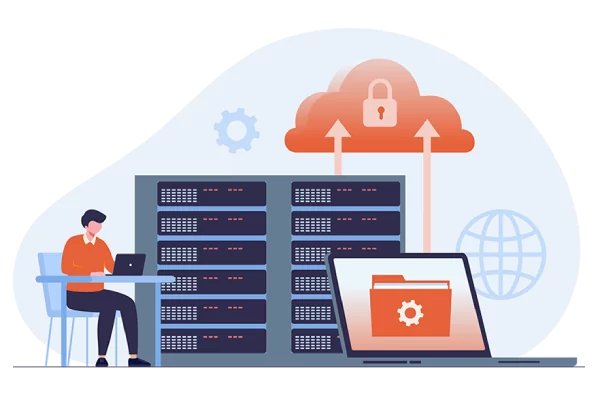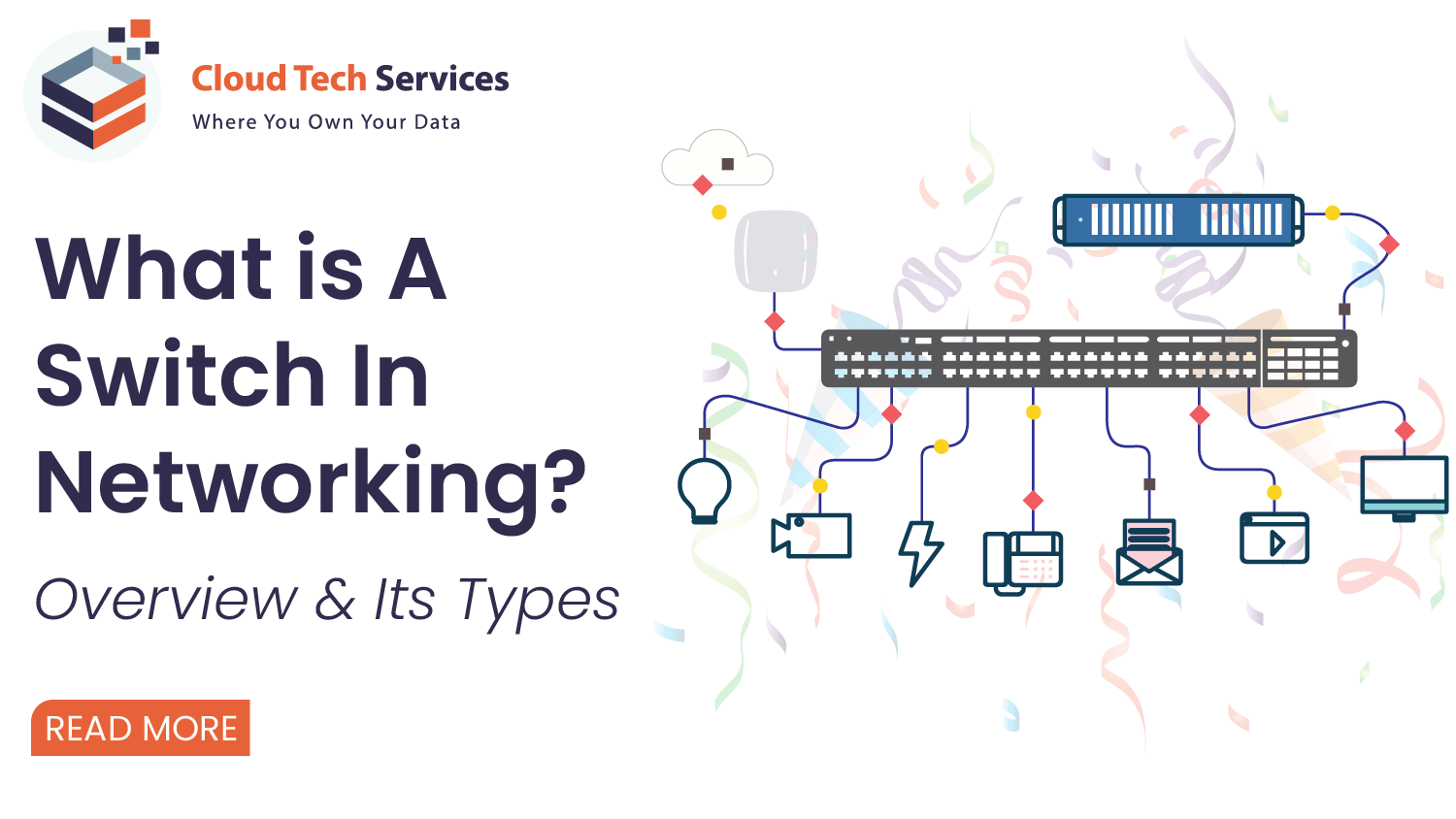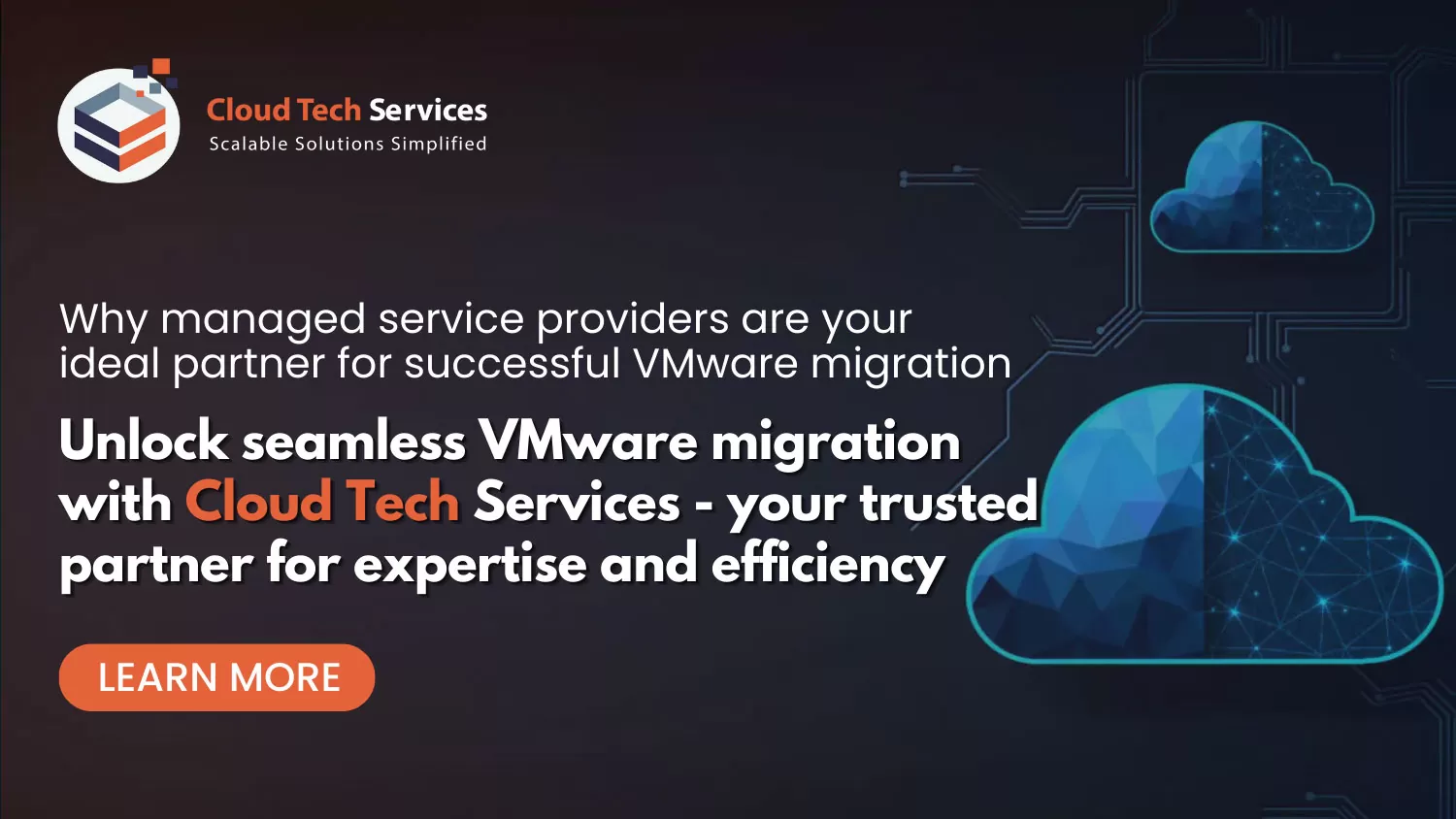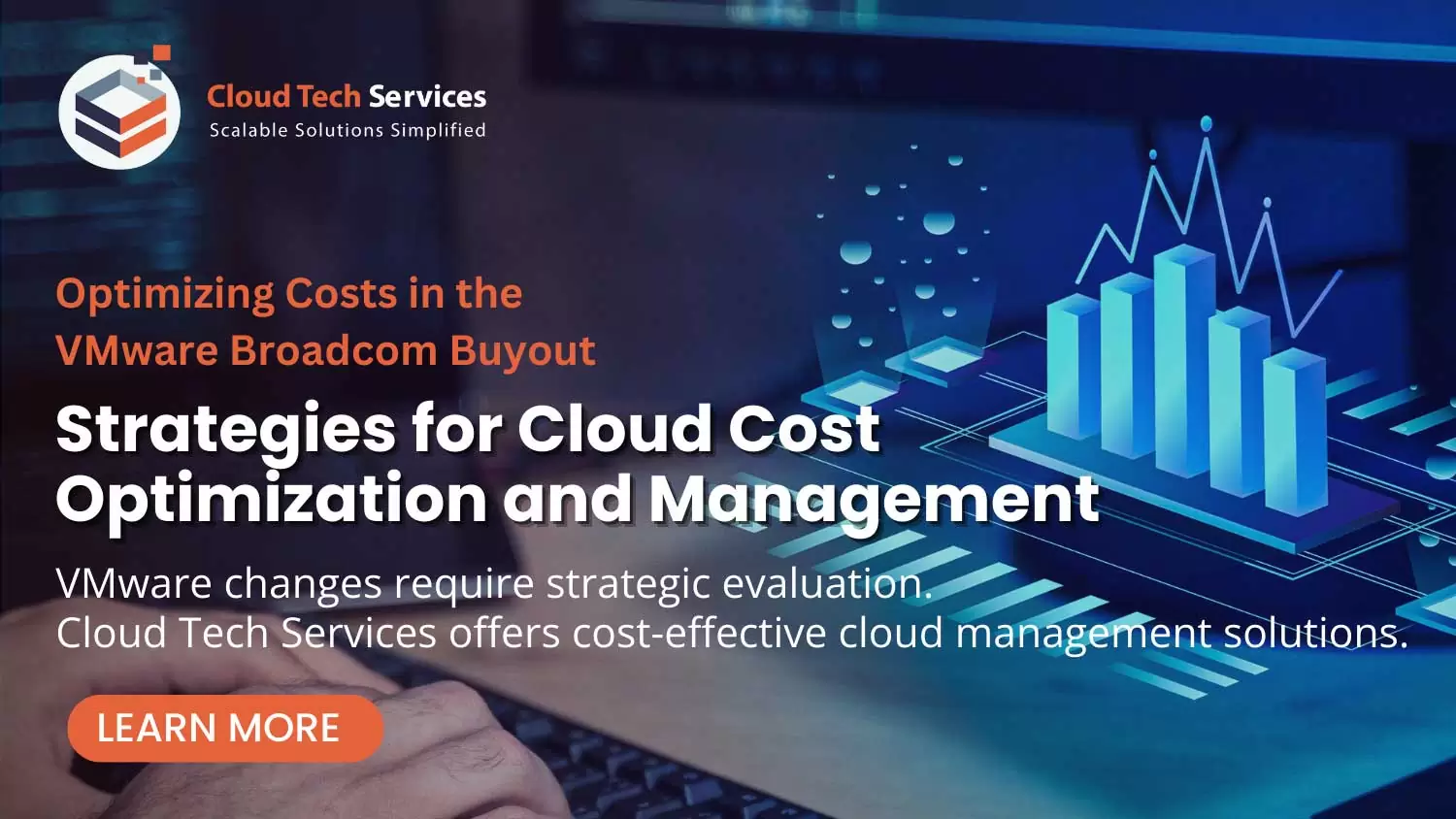Backup and Disaster Recovery Management
Resilience in the Face of Adversity: Safeguarding Your Data and Operations with Expert Backup and Disaster Recovery Management

- Monitoring | Analysis | Triage | Assessments | Remediation | Advisory | Reporting
Why Choose Us?
The Vital Role of Backup and Disaster Recovery Management
Backup and Disaster Recovery Management plays a vital role in safeguarding organizations against data loss and ensuring business continuity. It involves creating regular backups of critical data, applications, and system configurations. In the event of a disaster, such as hardware failure, cyber-attacks, or natural calamities, the management system enables rapid data restoration and system recovery, minimizing downtime.
The benefits include reduced risk of data loss, increased data availability, and quicker recovery times, mitigating financial and reputational damages. Moreover, it ensures compliance with data protection regulations and instills customer trust, highlighting the importance of a robust Backup and Disaster Recovery Management strategy for maintaining operational resilience and protecting organizational assets.
Guardians of the Digital Realm: Unleashing the Power of SOC in IT Security
Backup and Disaster Recovery Management
- Backup Monitoring: Basic monitoring of backup systems to ensure successful backups and address any backup failures or issues.
- Incident Triage: Initial assessment and classification of backup-related incidents, followed by appropriate escalation or resolution.
- Backup Configuration Management: Managing and maintaining backup system configurations, including defining backup schedules, retention policies, and backup targets.
- Backup Validation and Verification: Regularly validating and verifying backup data integrity and recoverability through testing and restoration exercises.
- Troubleshooting: Investigating and resolving backup-related issues, such as failed backups, data corruption, or performance bottlenecks.
- Disaster Recovery Planning: Developing and maintaining comprehensive disaster recovery plans, including recovery point objectives (RPO) and recovery time objectives (RTO).
- Recovery Testing and Simulation: Conduct periodic disaster recovery tests and simulations to ensure the effectiveness and efficiency of recovery procedures.
- Replication and Failover Management: Configuring and managing replication technologies and failover mechanisms to enable rapid system recovery in case of a disaster.
- Backup Storage and Archive Management: Managing backup storage systems, including storage capacity planning, data retention policies, and archival strategies.
- Data Deduplication and Compression: Implementing data deduplication and compression techniques to optimize storage utilization and reduce backup storage costs.
- Backup Performance Optimization: Proactively identifying and addressing performance issues related to backup processes, throughput, and network bandwidth.
- Continuous Data Protection: Implementing continuous data protection mechanisms to minimize data loss and enable near-real-time recovery capabilities.
- Business Continuity Planning: Integrating backup and disaster recovery strategies with overall business continuity plans to ensure minimal disruption and downtime.
- Vendor Coordination and Support: Coordinating with backup and disaster recovery vendors for technical support, software updates, and licensing.
Why Choose Us?
Tailored IT Solutions for Your Success

Exceptional Expertise
With over four decades of extensive experience, our team of IT professionals continually strives to deliver the most suitable solution for your diverse IT needs.

Business Efficiency
Our expertise in a wide range of IT solutions empowers businesses by extending their in-house IT capabilities to simplify business operations and improve efficiency.

Flexible Engagement Models
Every organization has unique requirements. Our flexible engagement models and scalable solutions empower you to adapt and scale your IT capabilities.

Industry Best Practices
We stay at the forefront of technological advancements and methodologies to deliver innovative, future-ready IT Solutions and managed services.
Get To Know
Our Process
Step 1
Evaluate
Identify your IT needs, compare managed IT service providers, and select the best fit for your business.
Step 2
Transition
The process of moving from an in-house IT infrastructure to a managed IT service provider.
Step 3
Deployment
The process of deploying managed IT services to your business, including planning, configuration, testing, and deployment.














